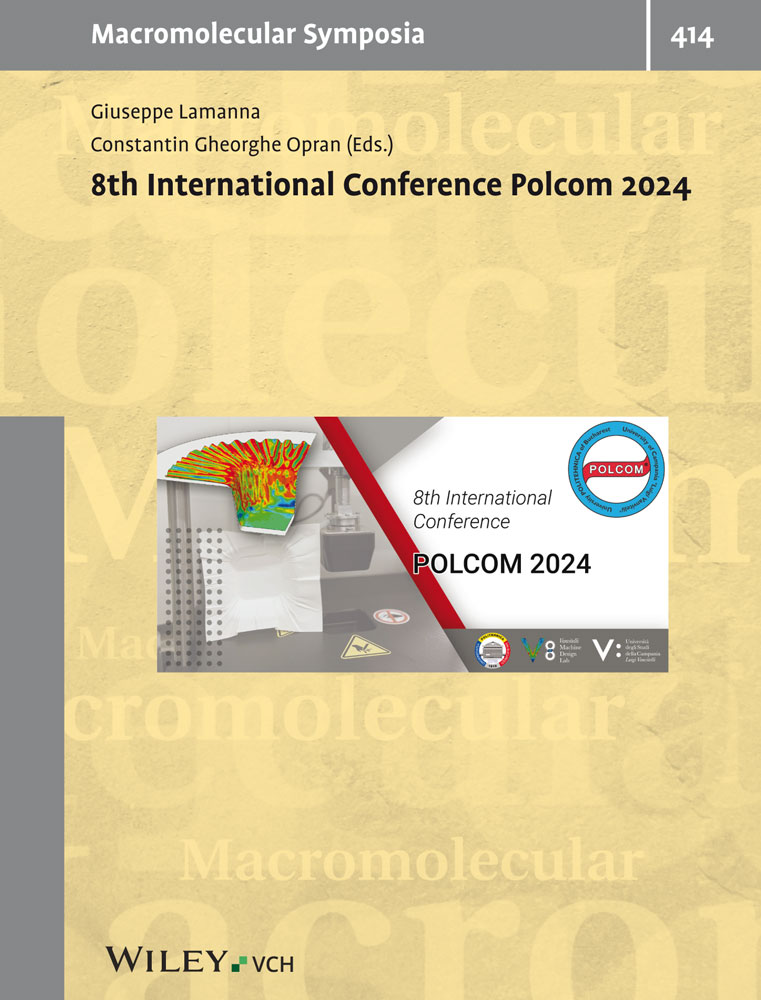Electrical properties of σ-conjugated polymers with additives and their applications in sensors
Abstract
The charge carrier transport in poly[methyl(phenyl)silylene] (PMPSi) proceeds predominantly along the σ-delocalized Si backbone with participation of interchain hopping and polaron formation. The charge carrier mobility increases with increasing electron affinity of acceptor dopands having zero dipole moments. On the other band, the hole drift mobility is influenced by the dipole moment of the dopand. The electrostatic charge-dipole interactions cause a broadening of the energy distribution of transport states, which results in a decrease in the charge carrier mobility. An addition of organic salts leads, under the conditions of increased humidity, to an increase in electrical conductivity and capacitance. This is demonstrated on the layers PMPSi/1,5-dimorpholino-1,5-diphenylpentamethinium perchlorate.




